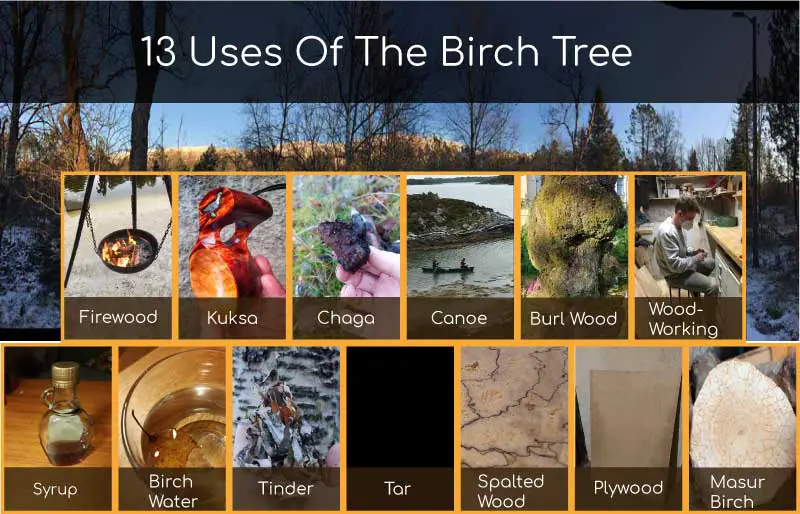
Birch is one of the most well-known tree species in the Northern Hemisphere. With about 60 different species of birch worldwide and about 16 different species in North America. For thousands of years, the birch tree has been one of the most useful trees for practical uses, health, survival uses, and utilitarian uses.
The different species of the birch tree will have slightly different uses. But for this article, we will talk about birch as a collected species.
Let’s dive into and get to know some of the amazing uses of the birch tree.
The birch tree can be used for harvesting Chaga, woodworking, tapping birch water, making kuksa cups, harvesting burl wood, tinder, making canoes, making birch syrup, obtaining spalted wood, making birch tar, making plywood, and harvesting Masur birch.
Woodworking

The bitch tree is a great wood to use for woodworking. Birch wood is used for furniture, closets, floors, woodworking art, woodturning, plywood, and more.
Birch wood is a very bright and neutral wood. It is one of the whitest woods you can obtain and is a beautiful wood to use as flooring or furniture if you want a calm, open and fresh look to your rooms.
When you look at items made from birch, they give off this northern and natural vibe.
Since birch wood is so neutral and white, you get some amazing patterns if there is a deficiency in the growth of the tree and the wood. You get wood types like spalted wood, birch burl wood, and flame birch wood which I will talk more about later in this article.
Birch water
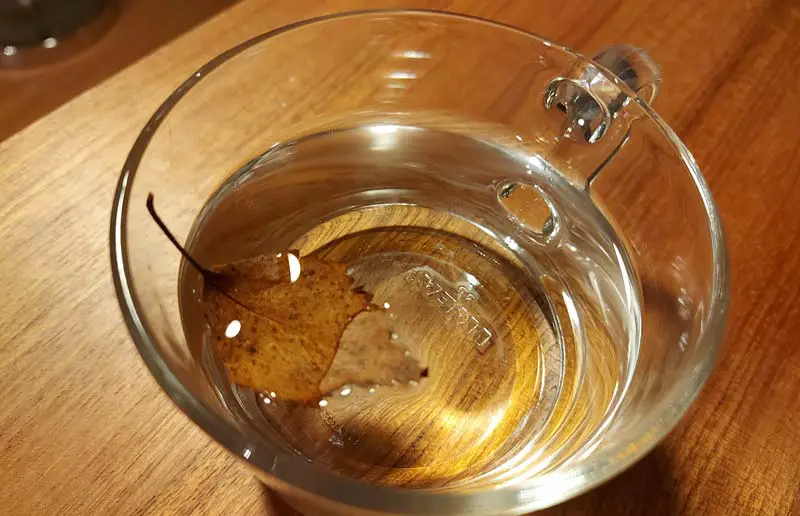
You probably already know that you can tap maple trees to make maple syrup, well, you can also tap the birch to get some nutrient-rich birch water.
In early spring, when all the nutrient that has been stored in the roots of the birch tree starts flowing up to its branches to produce leaves, we can tap the tree for some delicious birch water.
Birch is low in calories with about 1 calorie per ounce (30ml) of water, but it contains a high amount of nutrients like magnesium and manganese.
Birch water has a slightly sweet taste to it because of the small sugar content that it has, and is one of the most refreshing ad natural drinks you can have when it is cold.
Birch For Firewood
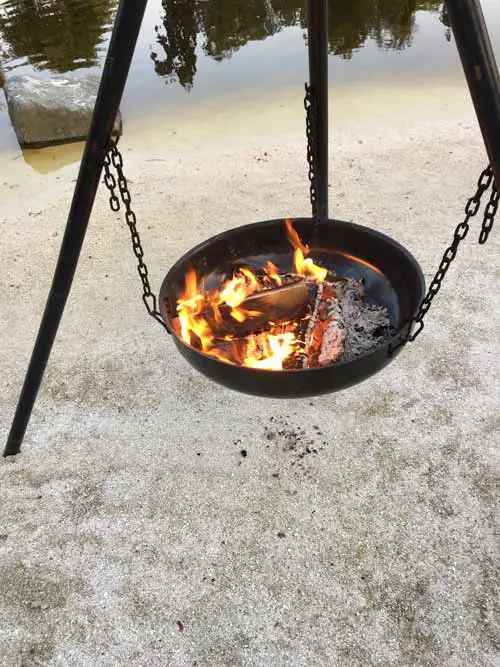
The birch tree is a hardwood that is fairly dense, it is also widely available in many parts of the northern hemisphere.
Birch produces a moderate amount of heat when burned, splits easily, and burns clean when seasoned properly. This makes birch a food wood to use as firewood.
Birch bark is also one of nature’s greatest firestarters, but more on that later.
Kuksa Cups

A kuksa (also called guksi) is a drinking cup made of wood that is traditionally made and used by the indigenous Sami people of Northern Parts of Scandinavia. The kuksa cup was made from Birch Burl which is a type of birch wood that could handle different temperatures very well. Which means it could be used for both hot and cold drinks.
The kuksa cup is an object of high value, not only for utilitarian uses as a drinking cup but also for the beauty and the unique craftsmanship it represents.
In Scandinavia, you will often see people walking around with a kuksa cup strapped onto their backpacks when out walking. It is popular to use for foragers, hikers, and for in bushcraft. It is also a highly popular woodworking project to make for many woodworkers.
If you want to learn more about the Traditional Kuksa Cup, I highly recommend this article which explains the history and significance of the kuksa cup.
Birch Burl Wood
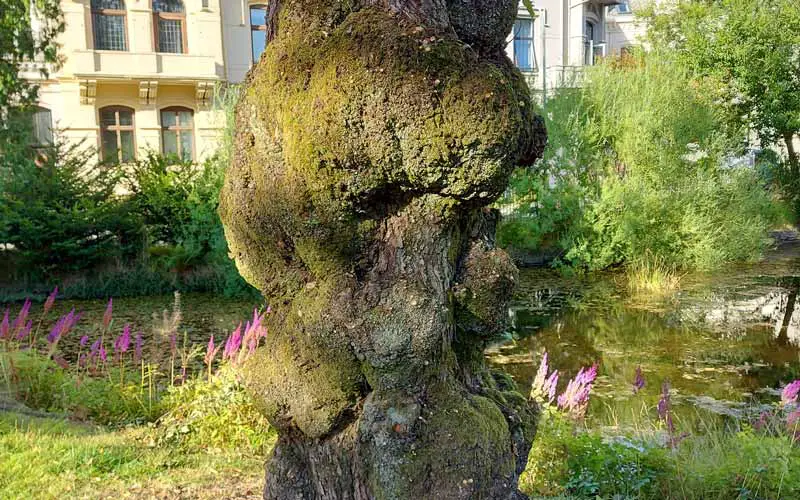
A burl is a deformed growth that is produced by the tree as a reaction and defense mechanism to an attack from fungi, insects, or other environmental factors where the tree grows. A burl can also be a result of genetic mutation. A burl will look like a tumor on the tree and can grow underground in the roots or visible above ground up the trunk.
The wood from a birch burl is very unique and is highly valued as a wood to use for woodworking. The wood in burls usually has an uneven grain direction and grows in all different directions which gives it a unique look that can not be replicated. The burl from birch wood looks very much like looking into the universe from far away.
Many tree species can produce burls but are rarer in some. The birch tree is one of the trees that frequently produces burls.
Tinder
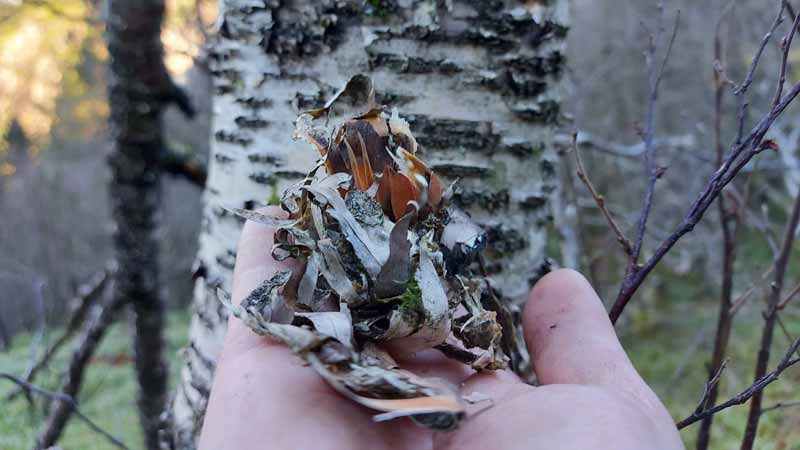
The birch bark is of nature’s best fire starters. Many species of birch have a bark that sheds of when it gets old, this bark is easy to just peel off the tree, the bark is usually very dry, and lights on fire from the smallest spark.
When using birch bark as tinder, you want to use the top layer of the bark that is peeling of the tree naturally. You don’t need any tools, just peel the bark off with your hands. And be sure to harvest a good amount of bark, since it will burn up quickly.
Birch Bark Canoe
Native Americans used birch bark to make canoes that were lightweight, waterproof and is made 100 percent from material harvested from nature.
Some crafters still practice this age-old tradition of making canoes from birch bark, and they are made mostly in the same way, the same materials, and the same tools that the native Americans used.
The birch species used for birch bark canoes are called paper birch, also called white birch. The tree is felled, and the bark is stripped of the tree in its entirety. The bark is then used as the skin of the canoe, the white outer part of the bark is used as the inside of the canoe. The inner part of the bark is used as the outer side of the canoe touching the water.
Birch Syrup
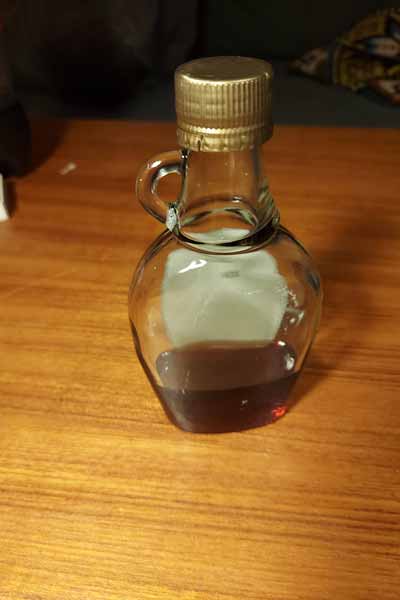
Birch water can be made into birch syrup as well. Compared to the maple tree, the sap of the birch tree contains a lot less sugar, so we need a lot more birch water to make the birch syrup.
Birch syrup is savory, to say the least. It is not as sweet as its natural sibling the maple syrup. Birch syrup has a slightly sweet taste with a hint of minerals.
Birch syrup is made by slightly boiling the birch water to make the amount of sugar in the syrup more concentrated. The sugar in birch is different than that of maple, birch sugar is mostly fructose while the sugar in maple is mainly Sucrose.
The differences in types of sugar result in different recipes, tastes, and uses of the two different tree syrups.
Birch Tar

Birch tar is made from the bark of a birch tree. To make birch tar you have to heat the birch bark while it is contained in an air-tight container, also called dry distillation.
The ends result is a black, thick, liquid tar. Which is a concentrated substance of oils and phenols derived from the birch bark.
Birch tar has been used for treating lumber, protecting leather, for medicinal purposes, as an antiseptic, as an adhesive, and for cosmetic purposes in general.
Masur Birch
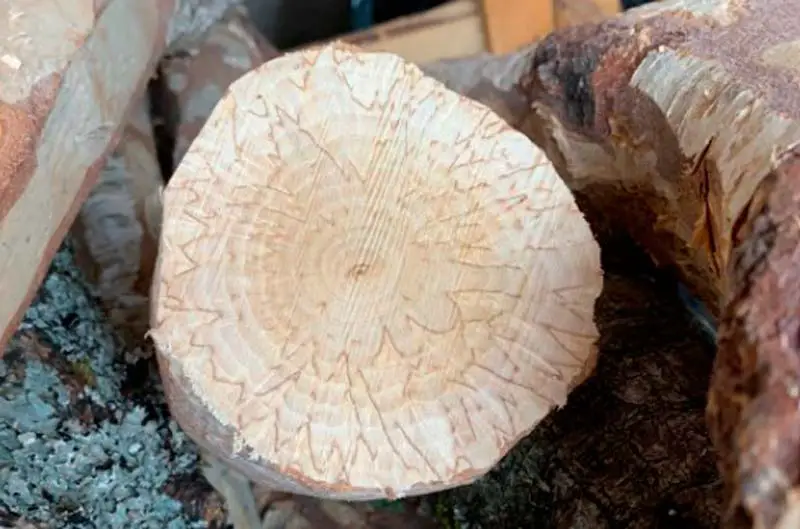
Masur birch is a deformation in the growth of the birch tree. The result of this deformed growth is a wood pattern that is completely unique, beautiful, and cherished by woodworkers. Masur Birch is often referred to as Karelian Birch or Curly Birch.
Masur birch is mainly used in specialty items. Such as knife handles, wood-turned objects, veneers, and any other woodworking project where beauty and distinctiveness come first.
A very small amount of birch trees contains the genes of the deformed growth of the Masur Birch. The highest concentrations of Masur Birch can be found in Karelia in Russia, Finland, and some parts of Europe.
Spalted Birch Wood
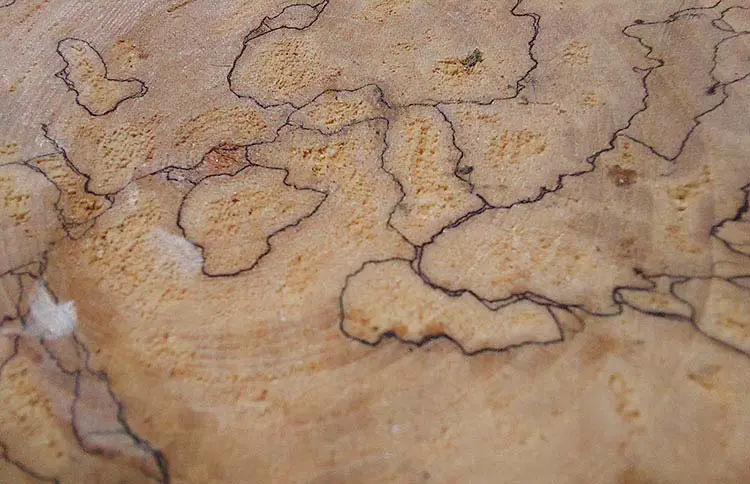
Spalted Birch is made when fungi attack the birch tree and start to decompose the tree. This mainly happens in old, damaged, or fallen birch trees. The spalting of the wood creates beautiful wave-like lines throughout the wood.
If you harvest the tree at the right stage of decomposing, it can still be structurally viable to use as wood for woodworking purposes.
The process of the wood being attacked by fungi and gaining this wave-like pattern is not unique to the birch tree. Most trees can become spalted. But the wood from the birch tree is so white that the spalted pattern becomes very pronounced and is presented in the most beautiful way.
Birch Plywood
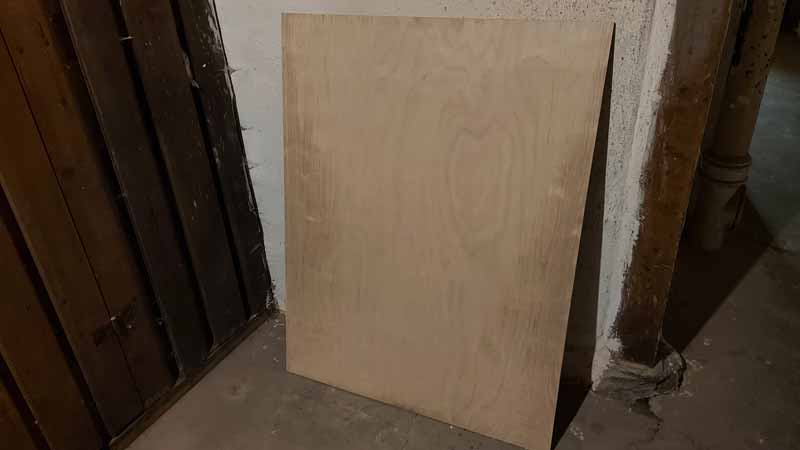
Birch is also made into plywood that can be used for many different purposes. Birch plywood is used for milling, construction, furniture making, and general woodworking applications.
Birch plywood is characterized by the bright white color and the lack of a pronounced grain pattern. It has a much more neutral and pleasant look than other plywoods.
Harvesting Chaga
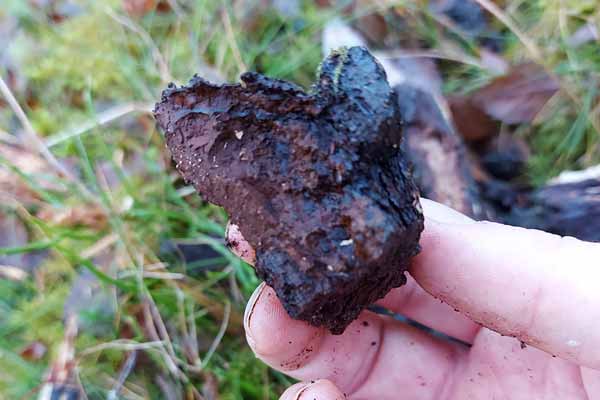
Chaga is a fungus that grows on the bark of birch trees in temperate parts of the Northern Hemisphere.
Chaga grows on damaged parts of the birch tree and uses tears to grow to a harvestable size. Old and damaged trees are usually better candidates for containing Chaga growth. Even fallen trees can be good for finding Chaga.
Chaga is known for its overall potential for medicinal purposes. It is claimed that Chaga boosts immunity reduces inflammation, lowers blood sugar levels, and can work positively against cancer.
Check Out The Uses Of Other Tree Species
Uses Of The Maple Tree: Click To See Article
Uses Of The Pine Tree: Click To See Article
Uses Of Spruce: Click To See Article
Uses Of The Birch Tree: Click To See Article
Uses Of The Beech Tree: Click To See Article
Uses Of The Hickory Tree: Click To See Article
Uses Of The Poplar Tree: Click To See Article
